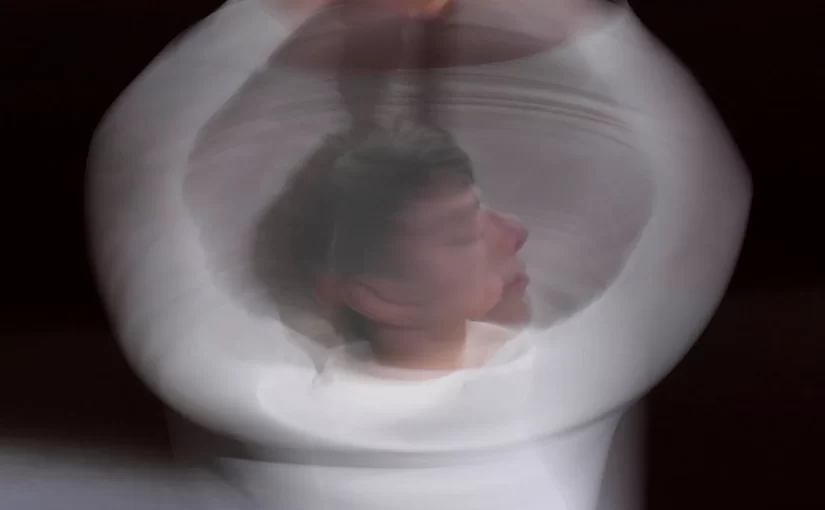This essay, by Chelsea Hu, 18, from Andover, Mass., is one of the Top 11 winners of The Learning Network’s new “How To” Informational Writing Contest for Teenagers.
How to Find Your Balance
“Find your central axis, then build movement around it,” says Judith Wombwell, the founding director of DeadFall Dance, who has brought genre-blending dance to the stage for 40 years and counting. In her choreography, Wombwell explores movement and its necessary companion: balance.
Odds are, balance is on your mind too — and not just figuratively. Whether you’re taking a stroll or sitting at your desk, your brain automatically sends nerve signals to your body that help you recenter yourself. Marvel at the wonders of anatomy, but don’t overthink balance. Even when the stakes — and stages — are high, Wombwell notes that “balance, a state of equilibrium, begins from the inside out.” So, find your inner equilibrium first. Calm your thoughts. If your mind is spinning out of control, your body will too.
Before attempting to balance in a pose of your choosing — from a tree pose to an arabesque en relevé — evaluate your surroundings. Are you balancing on level ground or on an incline, on grass or loose cobblestone? Your specific environment informs how you should seek balance. You may proactively lean forward to offset an incline or grip the cobblestone with your toes. Are you balancing in sneakers or ballet slippers? No matter what, Wombwell advises her students to “feel the ground and draw strength from it.” Embody the stability of the earth.
When you’re ready, create your pose. Dancers may require multiple counts to complete their grand développé — a high extension of one leg into the air. With a slower approach, you’ll be able to shift your weight incrementally and pinpoint your center of gravity. “Find your core and engage it,” Wombwell says. As you do, imagine that there’s a string pulling the top of your head skyward. “You should feel tall, as though in suspension,” says Wombwell.
To reintroduce movement while staying balanced, try “spotting,” or fixing your sights on a stationary object. Ballerinas may keep their gaze on an exit sign or a vacant seat while twirling around the stage in a pirouette sequence. But be sure to “stay within your control zone,” Wombwell says. “Overextend and you’ll tip over!”
For Wombwell, the challenge of finding balance transcends the eight count. When choreographing, Wombwell combines athleticism and artistry in balance. “Many of the balancing techniques dancers use are applicable to work and life,” Wombwell says. The next time you’re feeling a bit off-point, try a dance pose and recenter yourself.
扫码了解更多赛事详情+一对一赛事规划&辅导

